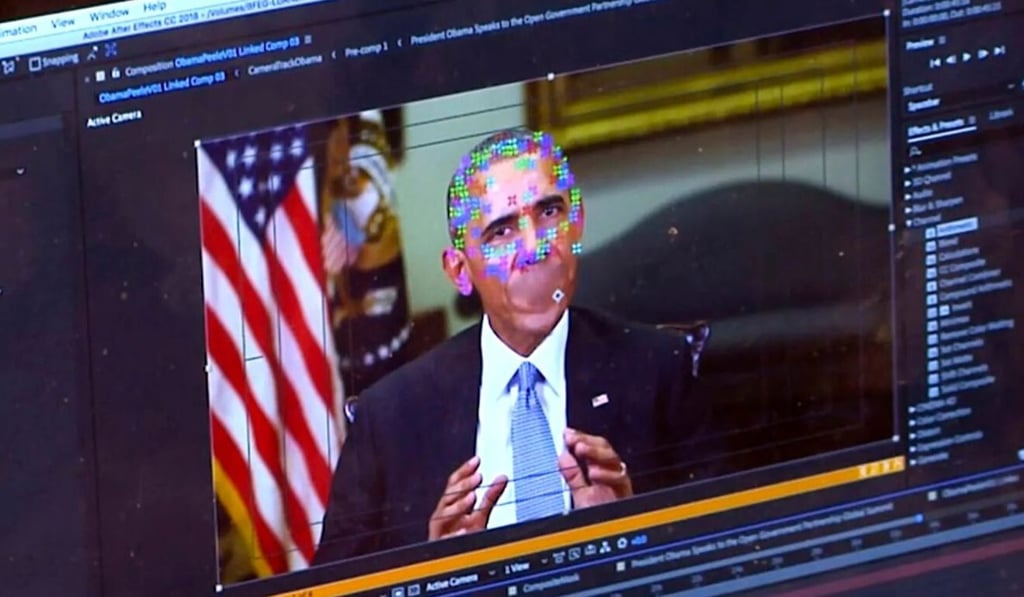Deepfakes have the potential to disrupt financial markets, not just fake your bank ID, experts say
- Experts say deepfakes have the potential to disrupt financial markets and aid fraud, but there remain few real-world examples so far
- People in China are growing increasingly concerned about deepfakes and biometric data leaks as the use of facial recognition grows

Experts have been sounding the alarm about weak biometric data security for years. The problem has looked especially pernicious in China, where facial recognition is now a ubiquitous form of identification. Now the rise of deepfakes could be creating new problems, experts say.
Despite widespread concern about technology, which allows a person’s likeness to be imitated through audio and video, there are few real-world examples of hackers successfully exploiting it for monetary gain.
One of the big concerns has been the idea that deepfakes – to date mainly known for their use in celebrity nudes – could be used to trick facial recognition systems. So far, there is little evidence that this is something that scammers could easily pull off. But some are concerned about other potential problems related to deepfakes that go beyond just personal security to possibly eroding trust in the institutions that handle our money.
“There is an additional problem that deepfakes create,” said Jon Bateman, a fellow at the Carnegie Endowment for International Peace who researches cybersecurity in the financial sector. “That’s not the threat of deception, but the threat of distrust and cynicism, where people start to automatically assume things are fake, because it’s possible to create a deepfake.”
While Bateman said it is extremely unlikely that a deepfake could cause a market crash in an advanced economy with mature financial markets, sowing distrust comes with other pitfalls.

It could, for example, contribute to existing anxieties in a financial crisis, especially in less developed countries that already have a high level of distrust, he said. If consumers start to worry about the security of their bank accounts, it could cause a bank run.